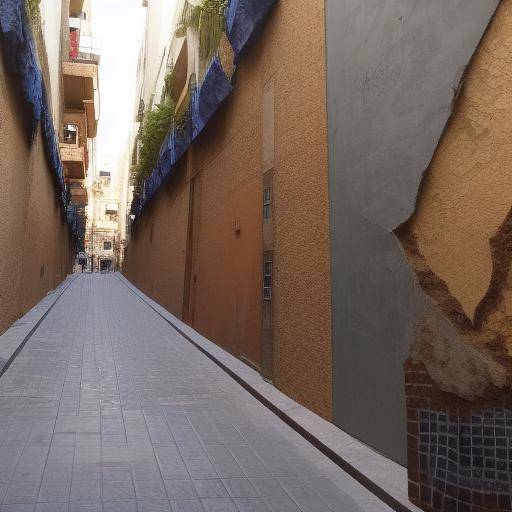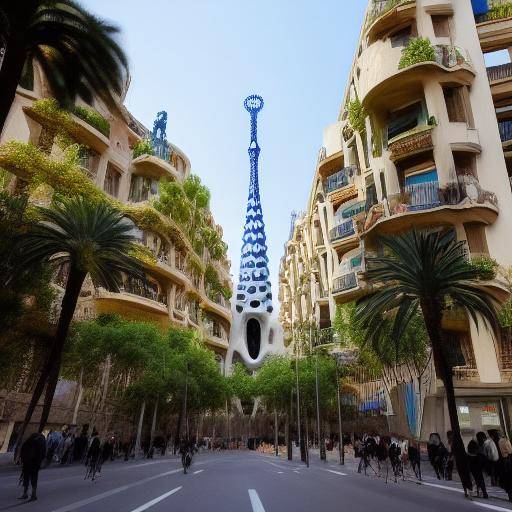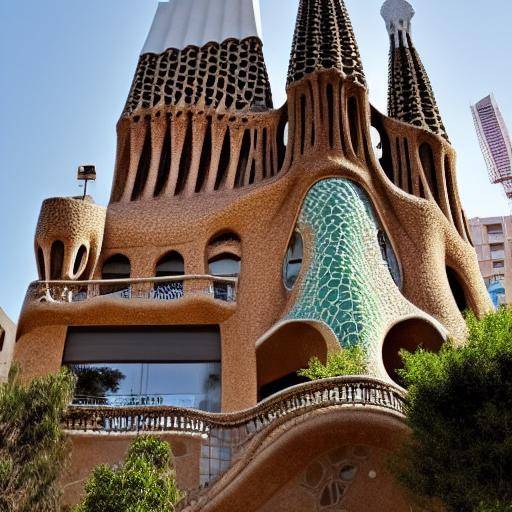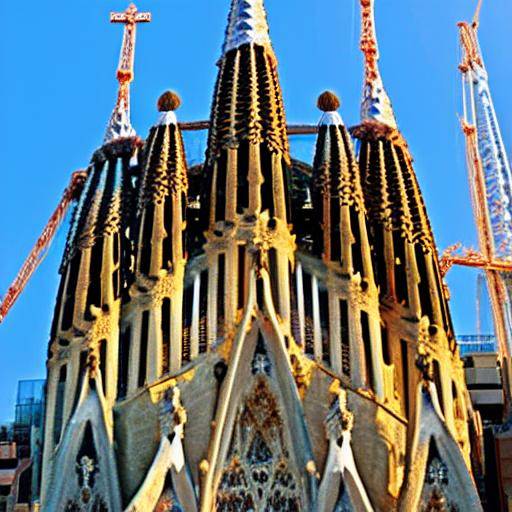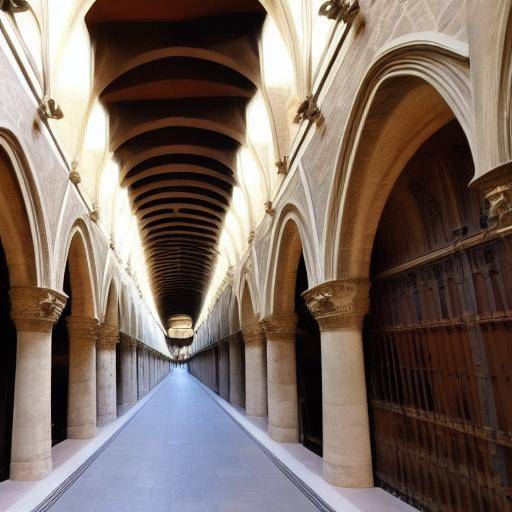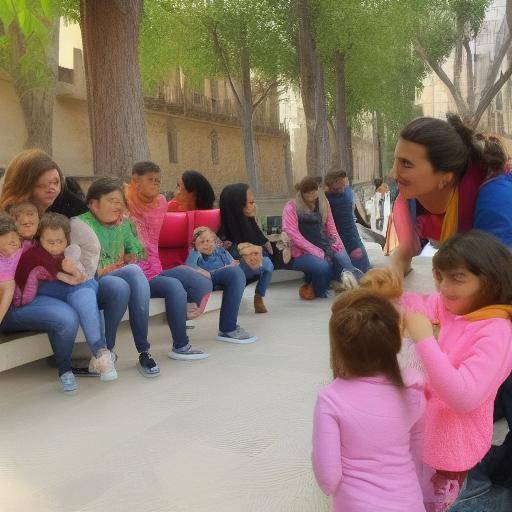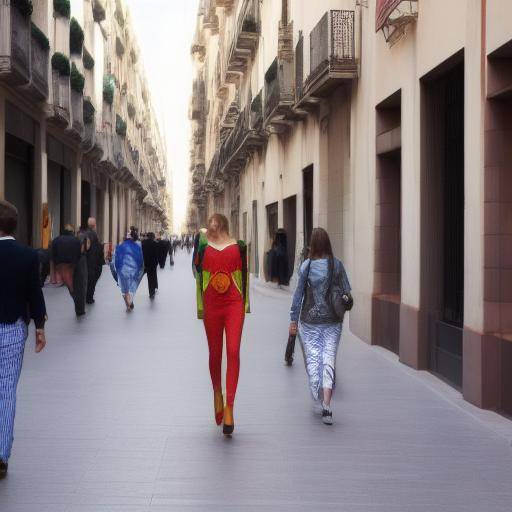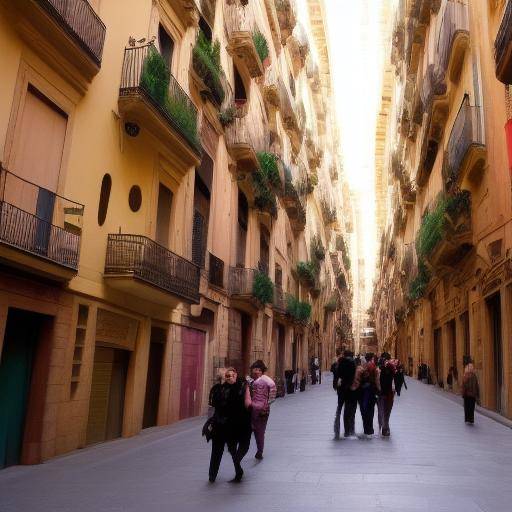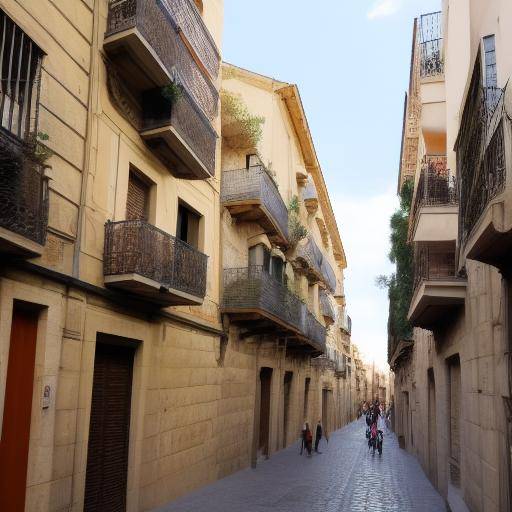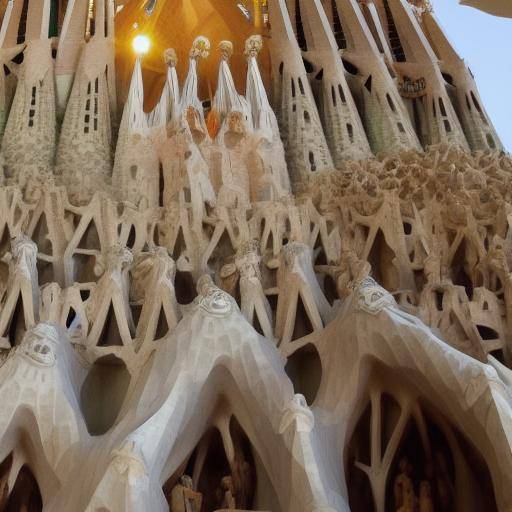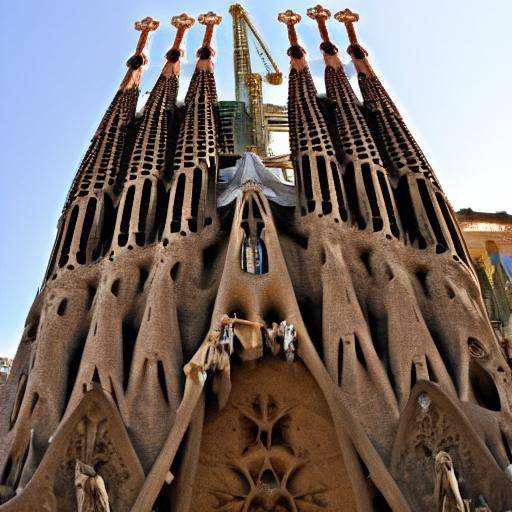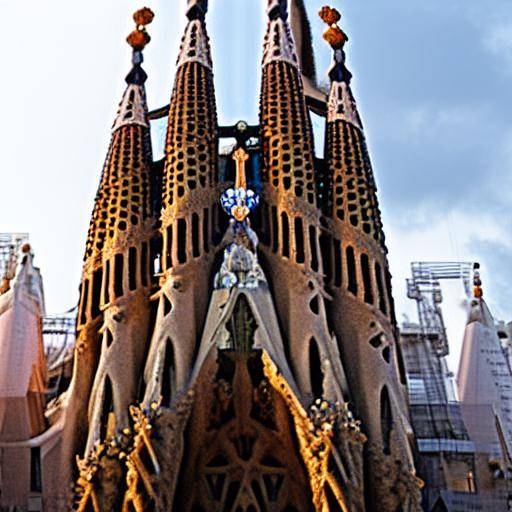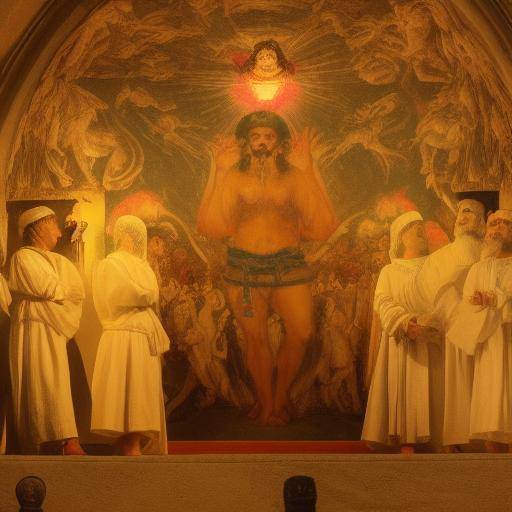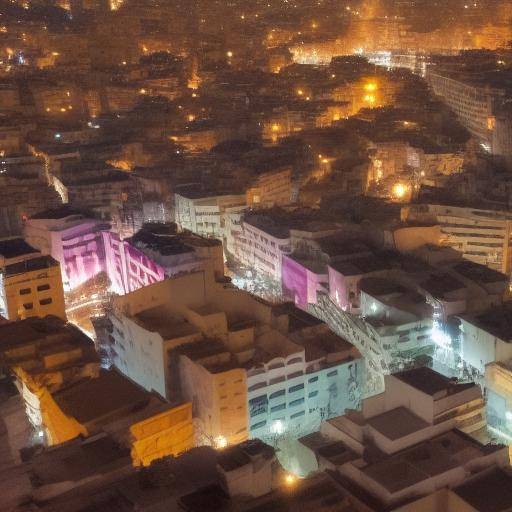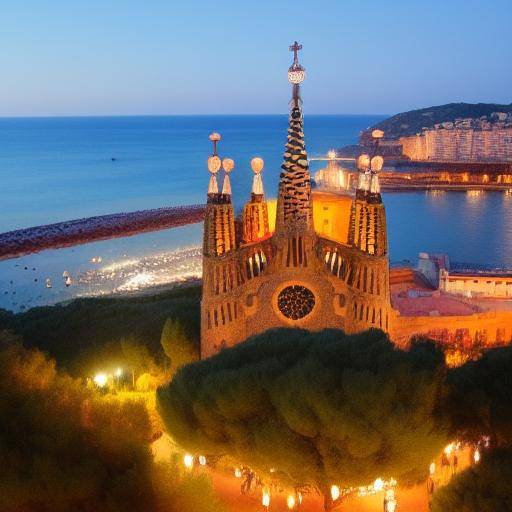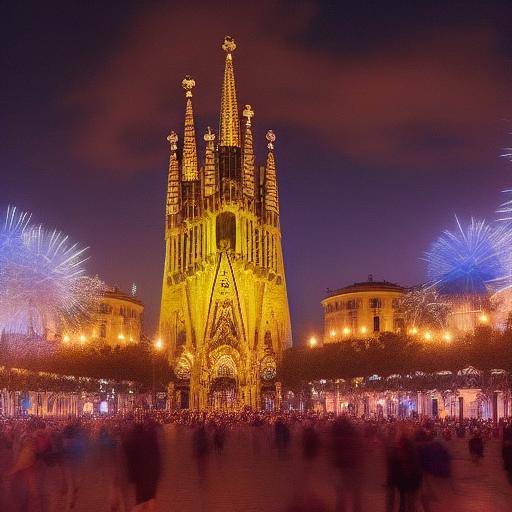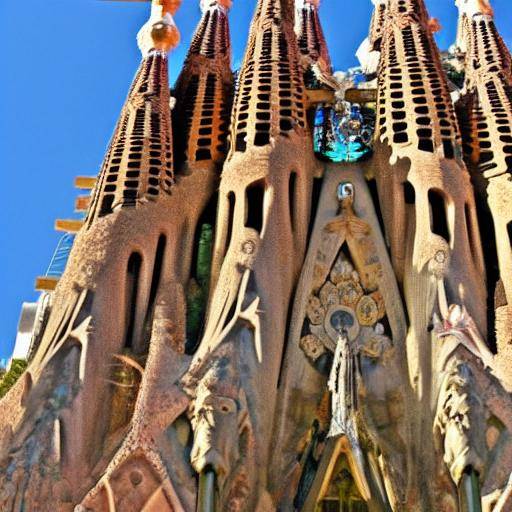
The Sagrada Familia, located in the beautiful city of Barcelona, is much more than a church. It is an icon of Catalan culture, an architectural wonder and an emblem of Antoni Gaudí's legacy. In this article, we will explore in detail the history, religious significance, cultural influence and unique architecture of the Sagrada Familia, as well as its impact on the vibrant city of Barcelona and the rich Catalan culture. In addition, we will share practical advice, in-depth analysis, expert opinions and future trends to offer a comprehensive view of this spectacular monument.
Introduction
The Sagrada Familia, one of the most popular tourist destinations in the world, attracts millions of visitors every year with its impressive architecture and rich religious and cultural symbolism. This majestic temple, Gaudí's unfinished masterpiece, combines elements of modernism, Gothic and surrealism in a unique expression of faith and creativity. Dive with us on a journey through the history, architecture and sacred meaning of the Sagrada Familia, discovering its profound impact on the identity of Barcelona and the Catalan culture in general.
History and Background
The history of the Sagrada Familia dates back to 1882, when the first stone was placed following the original design of Francisco de Paula del Villar. However, Gaudí took over the project in 1883 and completely transformed it, making it its most durable legacy. Over the years, construction has experienced disruptions, conflicts and financial challenges, but it remains a living witness to Gaudí's artistic and spiritual commitment and his deep devotion to the Holy Family as a symbol of family unity and Christian faith.
Analysis in Deep
Gaudí's innovative approach to the architecture of the Sagrada Familia marks a milestone in the history of design and construction. The interconnection between nature, light and geometry gives this monument a unique atmosphere that challenges traditional conventions. The fusion of styles, the meticulousness of details and intricate religious symbolism make this temple a lasting witness of creativity and spirituality.
Comprehensive review
The influence of the Sagrada Familia goes beyond its architectural and religious value. As an epicenter of the Catalan identity, this monument represents a unifying symbol in the midst of a rich cultural diversity. Its imposing presence is reflected in Catalan society, where traditions, religious convictions and artistic expressions are intertwined in the Holy Family, a source of inspiration and cohesion.
Comparative analysis
The Sagrada Familia embodies the essence of Barcelona and the richness of Catalan culture. In itself, this masterpiece captures the essence of the city: its innovation, its history and its entrepreneurial spirit. It also acts as a beacon of hope and a magnet for tourists and faithful from around the world, becoming an undisputed icon of the region.
Practical Tips and Accessible Recommendations
If you plan to visit the Sagrada Familia, we recommend you book in advance, as tickets tend to run out quickly, especially during the high season. We also advise you to explore the surroundings of the temple, where you will find charming squares, cafes and shops that will give you an even more enriching experience.
Perspectives of industrial and expert opinions
The influence of the Sagrada Familia in Catalan architecture, art and culture is undeniable. Experts in history, architecture and religion have constantly praised the beauty and profound meaning of this monument, highlighting its relevance in the world landscape. His views shed light on the lasting cultural heritage that the Sagrada Familia has printed both in Barcelona and in Catalan culture in general.
Case Studies and Practical Applications
The Sagrada Familia has served as an inspiration for artists, architects and thinkers from around the world. Its impact transcends borders, influencing creative works, architectural projects and critical discussions on spirituality, design and cultural heritage. Studying these cases gives us a insightful view of how the Holy Family has influenced global culture and contemporary creativity.
Future Trends and Predictions
As the Holy Family continues its construction, its influence will continue to expand both locally and internationally. The monument is expected to remain a beacon of architectural innovation and a lasting symbol of unity and spirituality. Future projections indicate that it will continue to attract visitors from all corners of the world, as a global cultural and religious milestone.
Conclusion
The Sagrada Familia, with its exceptional architecture, its religious symbolism and its cultural legacy, transcends time and space. It is a lasting reminder of the power of art to unite people, inspire creativity and elevate the human spirit. In exploring the history, architecture and cultural influence of this monument, we have unraveled the cultural lessons that the Holy Family offers us, and will continue to offer, throughout the generations to come.
FAQs
What is the meaning of the name "Sagrada Familia"?
The name "Sagrada Familia" refers to the Holy Family of Jesus, Mary and Joseph in the Christian tradition. The church is dedicated to the Holy Family as a model of unity, love and dedication in the family nucleus.
When is the construction of the Holy Family expected to be completed?
Although there is no exact date, it is estimated that the construction of the Sagrada Familia will be completed in 2026, coinciding with the centenary of Gaudí's death.
Why is the Holy Family so important to Catalan culture?
The Holy Family has acquired a profound meaning as a symbol of Catalan identity, representing innovation, spirituality and cultural resistance against historical and contemporary challenges.
What is the influence of the Sagrada Familia in modern architecture?
The Sagrada Familia has influenced many contemporary architects with its innovative approach, use of unique geometry and creative expression of the connection between nature and architecture.
What preservation measures are being carried out to protect the Holy Family?
Preservation measures are being implemented that include restoration of damaged elements, protection against pollution and sustainable development of surrounding areas to ensure the long-term integrity of the monument.
What is the economic impact of the Sagrada Familia in Barcelona?
The Sagrada Familia represents a significant source of income for Barcelona through tourism and the promotion of the city as a world-renowned cultural destination.
Conclusion
The Holy Family is much more than a place of worship; it is a monument that has deeply rooted in the roots of Catalan culture and has left an unbeatable mark in the global sphere. Through its impressive architecture, its lasting cultural legacy and its spiritual value, the Holy Family remains a beacon of hope and a focal point for the Catalan identity. It is a constantly evolving masterpiece that will continue to inspire future generations, thus proclaiming their timeless influence and role as a permanent symbol of unity, creativity and faith.
In short, the Sagrada Familia embodies the fundamental values of Catalan architecture, religion and culture, offering lasting lessons for all who visit it. Its impact transcends the physical to encompass the spiritual, the cultural and the historical, consolidating it as an invaluable treasure in the history of humanity.
With this deep exploration of the Holy Family, we trust that you take a deeper understanding of this emblematic monument, as well as an appreciation renewed by its cultural and spiritual significance. Whether you want to immerse yourself in its unique architecture, explore its religious meaning or connect with its cultural legacy, the Sagrada Familia offers a transformative experience that transcends the borders of time and space.
Finally, we encourage you to continue exploring the legacy of Gaudí, the essence of Barcelona and the richness of Catalan culture, in search of new insights and discoveries that enrich your understanding of this fascinating intersection between the architecture, religion and culture that the Holy Family represents.

